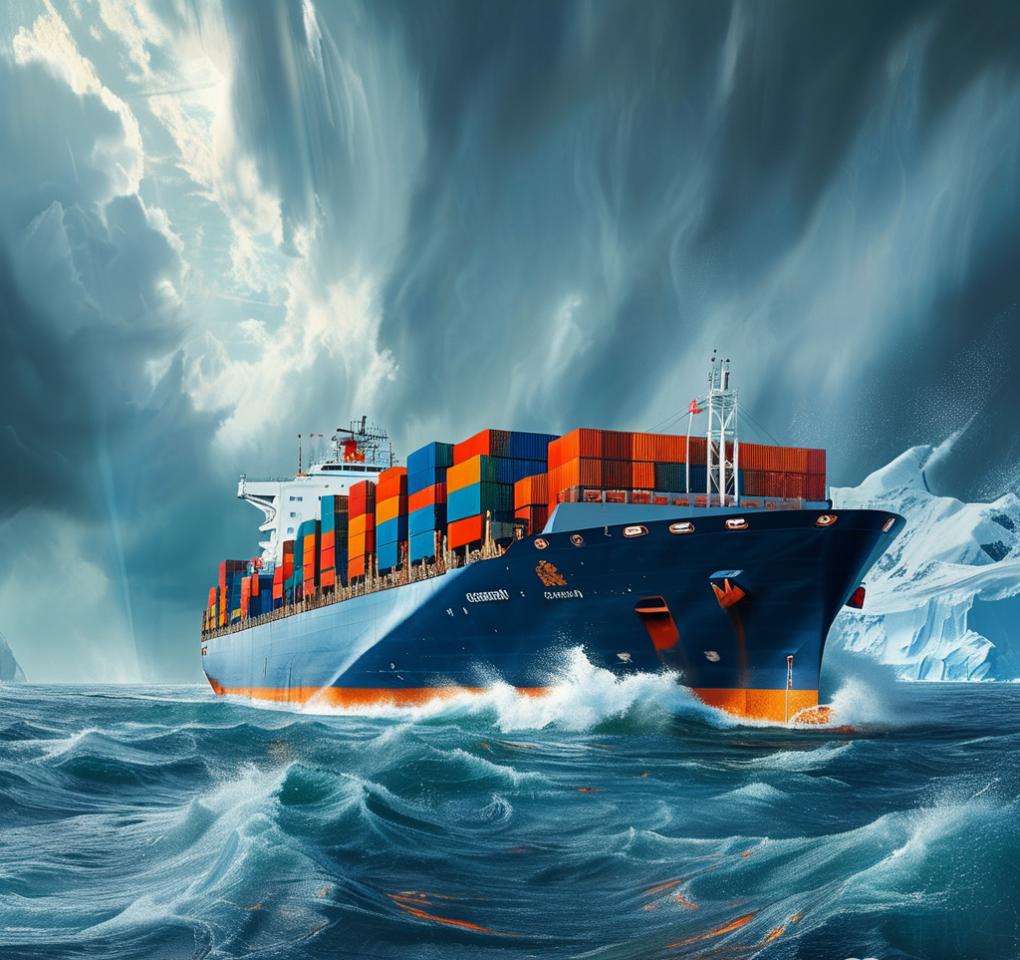As a business owner focused on exporting light industrial goods like tools, small machinery, and fixtures from China, I’ve found the Philippine market to be both accessible and rewarding. To ensure a smooth operation, it’s crucial to identify the right Philippines goods import channel from China and carefully optimize the shipping route to the Philippines for both cost and time efficiency.
1. Identify the Right Import Channel
When I first started exporting, I learned that not all channels are equal. Working with experienced importers, B2B distributors, or local agents helped me avoid delays and customs issues. I now focus on verified business buyers or logistics providers who specialize in light industrial imports.
2. Choose the Best Shipping Route and Mode
To optimize the shipping route to the Philippines, I compare sea freight from major Chinese ports like Shenzhen or Ningbo to Manila, Cebu, or Davao. For smaller, time-sensitive orders, I use air freight. Sea shipping is more affordable for bulk, while air suits samples or high-value items.
3. Prepare Complete Export Documentation
Every export I make includes a commercial invoice, packing list, HS codes, and certificate of origin. For light industrial items, classification is key to determining the correct duties and VAT. Using the right documentation helps my shipments clear faster and more smoothly.
4. Understand Philippines Import Regulations
Light industrial goods typically don’t fall under restricted categories, but I still check with a Philippines customs broker for updates. Items like motors or compressors may require additional certificates. Avoiding surprises during customs clearance has saved me a lot of time.
5. Use Consolidation Services for Cost Efficiency
For partial loads or multiple clients in the Philippines, I consolidate shipments. This reduces the per-unit shipping cost and minimizes customs delays. Some Philippines goods import channels from China offer door-to-door delivery with clearance included, which simplifies my logistics.

People Also Ask (PAA)
1. What are light industrial goods?
Light industrial goods include small-scale machinery, tools, components, and fixtures used in manufacturing and maintenance.
2. What’s the best way to ship light industrial goods to the Philippines?
Sea freight is most cost-effective for bulk orders, while air freight works for smaller or urgent shipments.
3. Are there import restrictions on light industrial goods in the Philippines?
Most are permitted, but it’s best to verify product-specific requirements with a customs broker.
4. How do I calculate shipping costs from China to the Philippines?
Costs depend on weight, volume, route, and shipping mode. Comparing multiple freight providers helps find the best rate.
5. Can I use freight consolidation for small machinery?
Yes, many logistics firms offer consolidation options for light industrial goods to reduce shipping costs.
